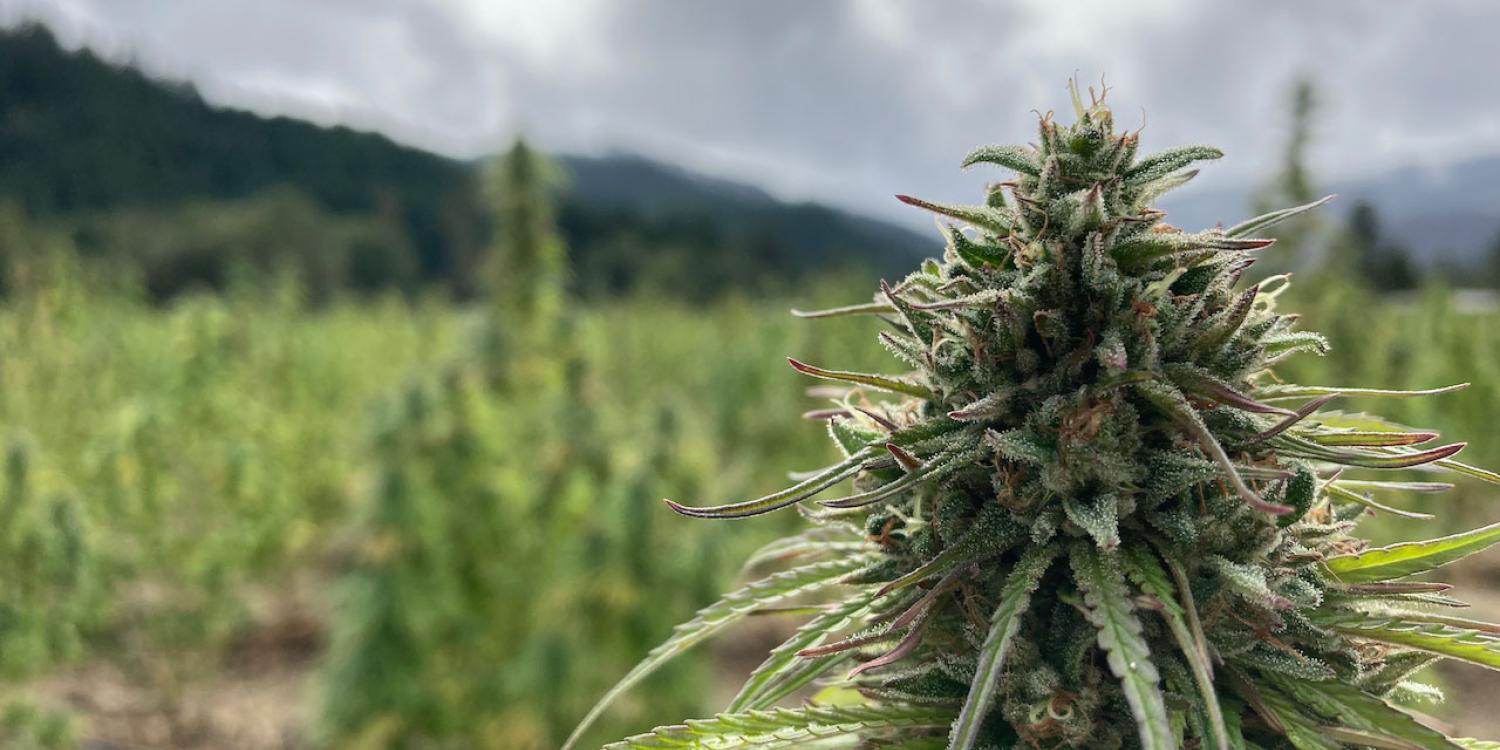
Crop production can be challenging on the serpentine soils of southwestern Oregon, where hemp production is an important local crop. Made up of the mineral serpentinite, the soils contain high levels of magnesium and other metals that can significantly limit plant growth.
Generally, adding calcium in the form of gypsum is the recommended remedy for high magnesium, but that advice hadn’t been tested on the rarely farmed serpentine soils of Oregon and is a practice not consistently proven true for California serpentine soils.
In response, Gordon Jones, Oregon State University Extension Service agricultural faculty and assistant professor of practice in the OSU College of Agricultural Sciences, was approached by a major Josephine County hemp producer who farms on mixed serpentine soils. At the recommendation of a fertilizer dealer, the grower had been applying significant quantities of gypsum to their fields over a period of four years, but it wasn’t clear that these expensive applications were helping the crop.
After reviewing the little available research on farming and fertilizing serpentine-influenced soils, Jones discussed options with OSU Extension faculty, including Rich Roseburg, former director of Southern Oregon Research and Extension Center and Extension soil scientist; and Dan Sullivan, professor emeritus in the College of Agricultural Sciences and Extension nutrient management specialist. Theory and experimental results from other regions were consulted and an onsite study was put into place at the hemp grower’s farm.
Jones designed a field trial that compared the hemp crop with and without gypsum during the 2022 season. At the end of the season, samples were collected to evaluate the nutritional status of the crop and the quality of the hemp flowers.
The study showed that the crop performed equally well with and without gypsum and nutritional samples of the hemp flowers did not indicate any problems by discontinuing applications. The 10 acres of hemp looked better than the previous year and the areas where gypsum was not applied were no worse than where it was applied.
At the end of the season, the grower said, “We saw no reduction in plant health, vigor or yield in areas where we didn’t apply gypsum and we saved between $5,000-$6,000 by not buying gypsum plus the two days of labor needed to apply it. Between customer testimonials, test results and our cultivation team’s observations, we were thrilled with how the crop turned out.”
Jones will continue to monitor soil fertility and crop success in the spring of 2023 to help dial in fertilizer needs.. On a grander scale, the results provide information for other farmers challenged by the serpentine soils in southwestern Oregon.
This work was supported with funds from the Agriculture and Food Research Initiative, Sustainable Agricultural Systems, Grant no. 13333755/Project accession no. 1027531 from the USDA National Institute of Food and Agriculture.